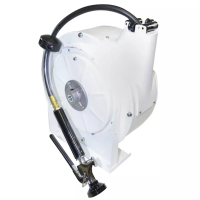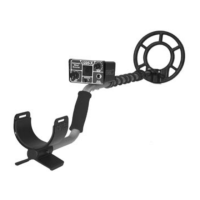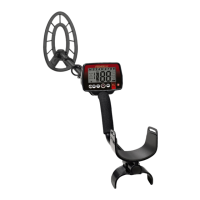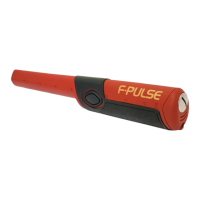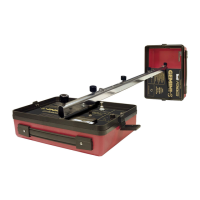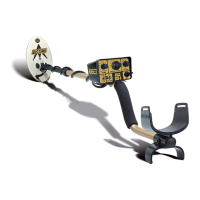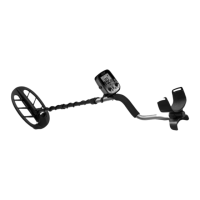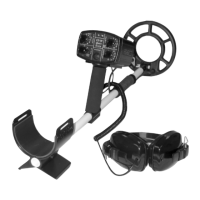5
SETTING UP
FOR LAND OR SHALLOW WATER (See Figure 2-A)
Put the headphones around your neck to keep them out of the
way while making the following adjustments.
1. Adjust the length and coil angle so that
the searchcoil rests at on the ground
about 6 inches in front of and slightly to
the right of your right foot (to the left of
your left foot for left handers.) Your arm
should be straight and relaxed with the
handle grip held rmly but comfortably.
Remember, as you increase the shaft
length, you also increase the strain
on your wrist and arm. The 1280-X is
balanced for comfortable searching
in a tight semicircle around the front
of the operator.
2. Leave enough slack in the coil cable
to allow the coil to swivel as far as it
can in either direction. The coil wing
nut should be tight enough to prevent
the coil from moving.
3. You should now be able to move into
your “search” position by leaning
slightly forward and raising the
searchcoil approximately 1-inch
above the ground. Your arm should
still be straight and the coil should be
parallel to the ground, about 12 inches
in front of your foot. The coil angle
may have to be slightly readjusted at
this point.
FOR DIVING (see Figure 2-B)
The recommended setup for
underwater use is the shortest possible
stem length with the searchcoil adjusted
parallel to the sea bed or lake bottom.
Keep the headphones around your
neck, off your ears, while descending
or ascending.
Figure 2. Setting up. When the
stem length is properly adjusted,
the 1280-X is balanced for
sweeping in a tight semicircle.
Always overlap your swings by at
least 50%
B. Short stem for diving
A. Extended stem for land or
shallow water
24
SEARCHCOILS
The 1280-X is available with either the standard 8 inch “Spider”
coil or the 10.5 inch “Spider” coil. As a general rule, the 8 inch coil
is preferred for tight spots, fast moving surf and high density trash
areas. For normal conditions however, the 10.5 inch coil will cover
a little more ground with each sweep and will give slightly more
depth 5 to 20 percent in air, less in soil, depending on target size
and mineralization. The most noticeable depth improvement will
be on large targets in non-mineralized soil.
The coils are not interchangeable since each instrument is
factory tuned to each coil. However you may have your 1280-X
retrotted by the factory, phone or write for details.
Where To Use Your Metal Detector In The U.S.
National Forest and Federal Lands—Metal detecting is allowed
only by special permit acquired from the federal government.
Each area has a district ofce.
Corps of Engineers, Lakes, Shorelines and Lands—Permission has
been granted only on predisturbed sites, such as beaches and
attached swimming areas. New Corps lakes and lands must
be okayed by the main ofce of the Army Corps of Engineers.
Each area has a district ofce.
State Parks and Lands—Some state parks are open to metal
detecting, but some are not. Always check with the park ranger
before attempting to use your detector.
Bureau of Land Management (BLM) Lands—Some areas are
open for metal detecting, and some are not. Always check
with the district ofce.
City or County Park Lands—Most are open to metal detecting
unless notice is given by a sign or city ordinance. When in
doubt, always check with the city’s Parks and Recreation
Department.
Public School Grounds—Most are open to metal detecting
unless notice is given by a sign, city ordinance, law
enforcement ofcial, or school employee. You should always
check with the school ofce rst.
Privately Owned Lands (Private Property)—Permission required.
And it is always best to have the permission in writing.
Historically Marked Lands or Sites—Metal detecting is not
allowed. Don’t even think about it.
1280Xmanual-8702460000-2014.indd 5 1/5/15 3:52 PM
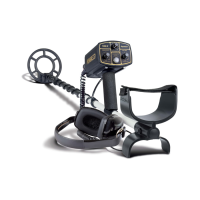
